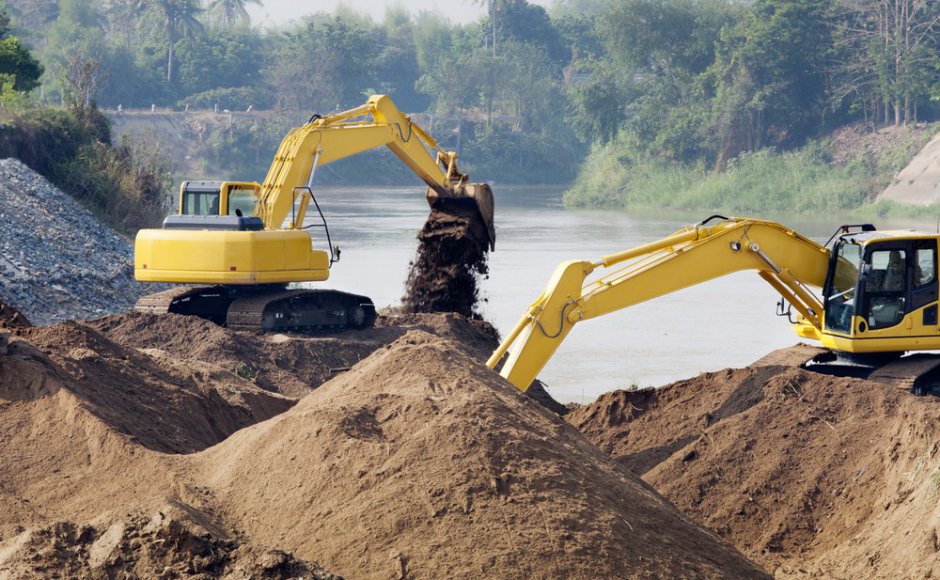Southeast Asia’s vanishing sand bans are destroying the region

By 2010, the first year of Najib Razak’s leadership, sales to Singapore came in at $173 million, at least as reported by Singapore. And amazingly, over the next six years, Singapore reported buying a total of $1.2 billion in exports of this kind from Malaysia. In total, that’s a shocking $2 billion of sales to Singapore between 2007 and 2016.
, Asian Correspondent
MALAYSIA’S newly elected prime minister once said that illegal sand miners were “digging up Malaysia and giving her to other people.”
During his previous term in office, he tried to fix what he viewed as an aggressive assault on Malaysia’s heritage: the selling of its sand.
To put a stop to it, Mahathir imposed a sand export ban to Singapore in 1997, which at the time was reclaiming huge swathes of new land to expand its territory. That enterprise required vast amounts of sand unavailable to Singapore, but which could be easily found in its neighbour, Malaysia.
However, despite Mahathir’s best efforts to protect Malaysia’s environment, it appears the ban was at best only minimally effective, and in most years completely illusory.

Former Malaysian prime minister and opposition candidate Mahathir Mohamad celebrates with other leaders of his coalition during a press conference in Kuala Lumpur on early May 10, 2018. Source: Manan Vatsyayana / AFP
Yet the impression largely propagated by the media has been that Malaysia’s sand ban has been in place and enforced up until last year. In 2017, Malaysia’s Ministry of Natural Resources and the Environment announced that the sand ban had been lifted and that exports of sand would be permitted to Singapore on a case-by-case basis.
But that was rather an odd announcement considering UN Comtrade reports filed by Malaysia and Singapore over nearly twenty years that appeared to contradict the suggestion that the ban had ever been in place at all.
A recent review of Malaysia’s “stone, sand and gravel” exports to Singapore and Singapore’s purchases of those resources over two decades suggests that Mahathir’s sand ban, initiated to protect a fragile Malaysian environment, was seemingly ignored, including by his own government.

